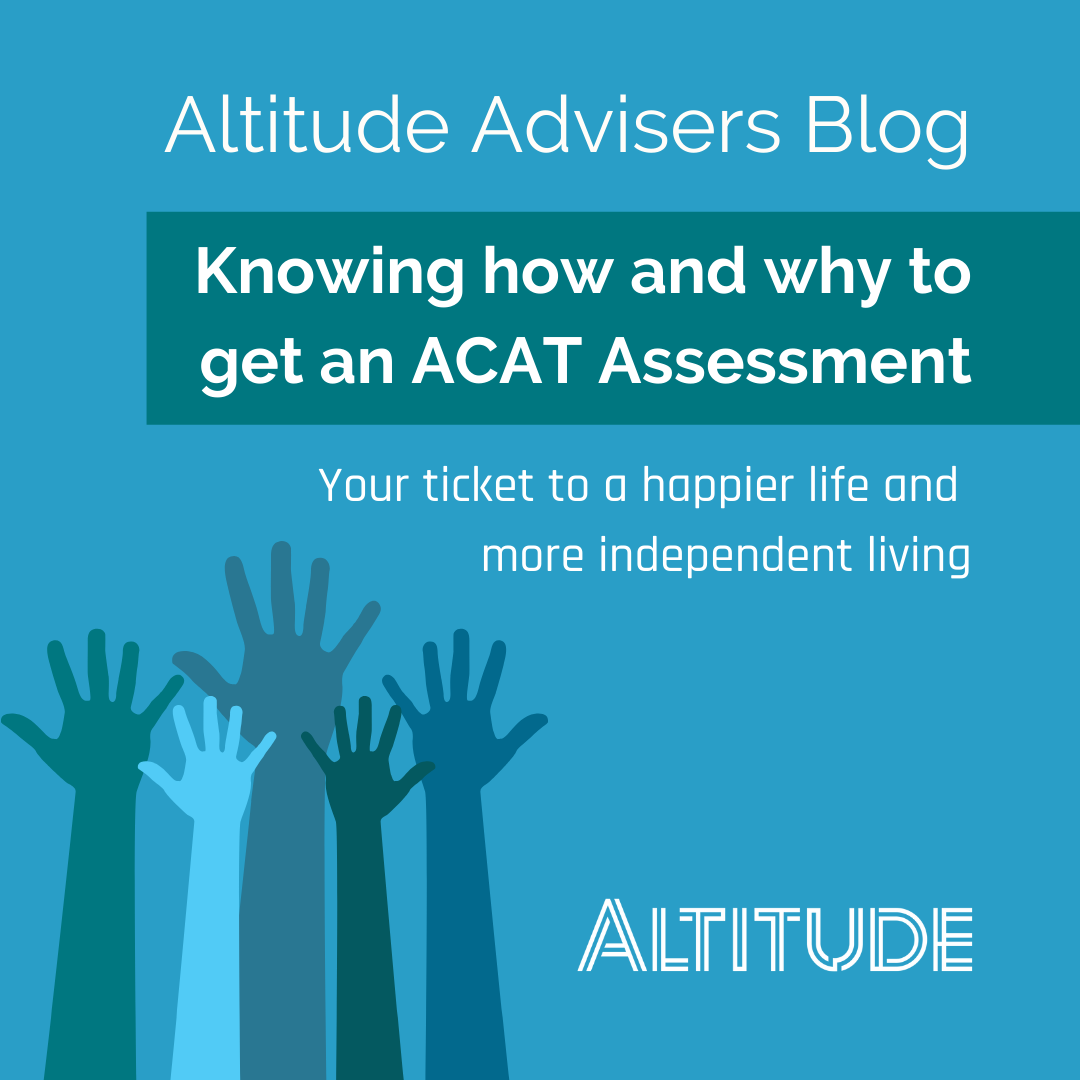
Ensure you are getting the most out of your super contributions.
The end of the financial year is nearly here, and with it comes a range of super contribution opportunities.
Super strategies for consideration before 30 June include:
- Reduce your taxable income with additional concessional super contributions (including Catchup Concessional contributions from prior years)
- Government co-contribution scheme (Eligible earners under $56,112)
- Spouse contribution rebates, splitting, and rebalancing
- Making Large Non-Concessional Contributions
- Re-Contribution Strategy
1. Reduce your taxable income with additional concessional super contributions (including Catchup Concessional contributions from prior years)
Additional personal or “concessional” contributions to your super may be beneficial to you if you earn above $45,000. The concessional contributions allow for a tax deduction in your personal tax return. This could result in a tax benefit of up to 30%.
Key criteria include:
- Must be under age 67 (If between ages 67 and 74 you must satisfy the work test of gainful employment of 40 hours in 30 days)
- Must have room left in your concessional contribution cap ($27,500) including factoring in any employer or concessional salary sacrifice contributions
- Must have enough assessable income to be able to benefit from the tax deduction
Catch-up or carry-forward contributions:
If you have a superannuation balance under $500,000 on 30 June of the previous financial year, you may be able to make extra concessional contributions.
By utilising the carry forward arrangement you can access unused concessional cap amounts from previous years. The amount of unused cap amounts you can carry forward will depend on the amount you have contributed in previous years, starting from 2018–19. You can use caps from up to 5 previous financial years (after which they expire).
This could allow you to make a very large concessional contribution in one financial year which you can claim a tax deduction on.
2. Government co-contribution scheme (Eligible earners under $56,112)
Making non-concessional contributions might be a good idea before 1 July 2022, if you are a low or middle-income earner.
If you are earning less than $56,112 in 2021/2022 (at least 10% of which is from your job or a business) and make a non-concessional contribution, the Government may also make a ‘co-contribution’ of up to $500 into your superannuation account. The amount that the Government will co-contribute will progressively decrease as your income level reaches the maximum threshold of $56,112.
If you earn $41,112 p.a. or less and make a $1,000 non-concessional contribution, the maximum co-contribution of $500 is available giving you an immediate 50% gain.
3. Spouse contribution rebates, splitting, and rebalancing
If your spouse’s income is under $37,000, you can contribute up to $3,000 and claim up to a maximum 18% rebate ($540 maximum). This phases out to nil once the receiving spouse’s income is above $40,000. In assessing Spousal income, you must also include any reportable Fringe Benefits or additional contributions (or salary sacrifice) mandated above Super Guarantee (SG) levels.
Up to 85% of your 2020/2021 concessional contributions before June 30, 2022, can be split with your spouse’s superannuation account if your spouse fits the following criteria:
- Less than the preservation age (the age they are eligible to have their super released)
- Between preservation age and 64 (and you must declare they do not satisfy the retirement condition of release).
An opportunity to build superannuation for your spouse, this approach can assist in managing your total superannuation balance which can benefit you by:
- Equalising balances to make best use of both of your transfer balance caps (TBC), which can maximise the amount you both have invested in tax-free retirement phase income streams.
- Boosting Centrelink entitlements by transferring funds into a younger spouse’s accumulation account if your spouse is underage pension age.
- Optimising both of your personal superannuation concessions to:
- Access a higher non-concessional contribution (NCC) cap
- Allow access to use the carry-forward concessional contribution rules
- Utilise the work test exemption
- Qualify for a government co-contribution
- Qualify for a tax offset for spouse contributions
4. Making Large Non-Concessional Contributions
If you have available funds (e.g., through cash, sale of assets, inheritance) you can make a non-concessional contribution of up to $110,000 per annum per person. For the current financial year, if you are aged between 67 and 74 you first must ensure you qualify with a work test.
There is also the benefit of utilising the bring forward provision which allows you to ‘bring-forward’ the next two years of non-concessional contributions cap enabling you to make a $330,000 contribution.
5. Re-Contribution Strategy
Reduce the ‘Taxable Component’ applicable to your super balance by withdrawing a Lump Sum from Super (with a high ’taxable’ component). This is dependent on you being above preservation age and meeting a condition of release from your super. Funds are then contributed back to super as a non-concessional ‘tax-free’ contribution.
This strategy can be used to maximum effect by utilising the 3 years bring forward provision (underage 67 only) allowing up to $330,000 to be withdrawn and re-contributed back to super. This strategy will be available to those under age 74 from 1 July 2022 after the removal of the work test.
This strategy could benefit your children in the form of reduced taxes upon the ultimate inheritance of any super balance or in the case of retirees under age 60, reduce the assessable amount of your pension income. There are strict criteria to qualify for this strategy in terms of both the withdrawal and the re-contribution.
Summary
There are many ways that you can benefit from making contributions to superannuation. We highly recommend you discuss and implement this with an adviser. The contribution eligibility requirements are complex and the tax consequences/penalties can be significant (especially under age 60).
This website is general in nature and does not take into account your personal circumstances, financial needs or objectives. Before acting on any information, you should consider the appropriateness of it and the relevant product having regard to your objectives, financial situation and needs. In particular, you should seek the appropriate financial advice and read the relevant Product Disclosure.


